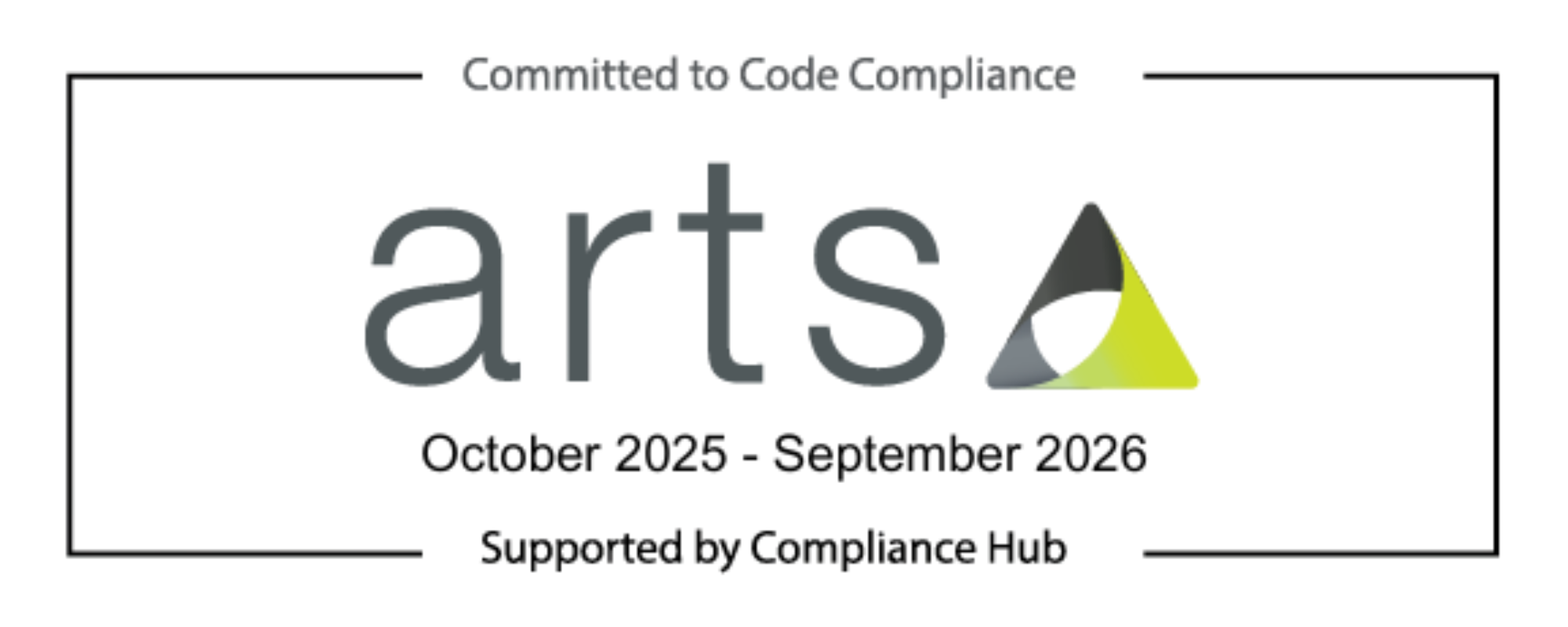How to write winning abstracts by RX magazine
)
Preparation
Getting your work accepted at conferences is competitive. And like any competitive process, preparation is key. Unlike submissions to peer-reviewed journals, most conferences do not provide the opportunity to revise and re-submit your work, so getting it right first time is vital.
- Make sure you understand what the conference is looking for. If there is a theme to the conference, make sure your work clearly aligns to that theme, particularly as this will inevitably be part of the selection criteria.
- Before you start writing, be very clear about the key messages you want to get across to your audience. This will help you focus your writing, encouraging you to only include relevant information (vital when you have a strict word limit).
- Word limits mean you need to be concise and succinct. Avoid repetition, use short sentences, and write in a style that is easy to follow.
Know your audience
- Abstracts are often provided to conference delegates in advance, so your work will need to inspire them to visit you and your poster at the conference. Engage with them in a meaningful way by presenting your work in a professional, accessible and informative manner, and by clearly showing how your work applies to practice.'
- Some conferences may also have media professionals and journal editors scouting for interesting and innovative stories and projects. The abstract booklet is likely to be their starting point for identifying these.
- Think about your reader and whether they will understand the acronyms and specific terms you are using in your abstract. For example, an international audience may not understand what a 'Band 6 pharmacist' is. As a general rule, explain acronyms when you use them for the first time and avoid jargon.
Read the guidelines
Adhering to the abstract guidelines is the easiest way to score marks and ignoring them is the easiest way to lose them, or even get rejected outright.'
For each conference you are submitting your work to there should be clear guidelines on how to write and format your abstract. These guidelines are there for a reason, and you will risk your chances of getting your work accepted if you do not follow them. This is a process worth getting used to, particularly if you are interested in publishing your work in peer-reviewed journals as these tend to be stricter when it comes to guidelines.
Most conferences should also provide you with the marking scheme, so that you know what the reviewers will be looking for when judging your abstract. Use this to guide you.
The guidelines are there for two key reasons:
- Firstly, to ensure that all abstracts are consistent (such as using the same headings for marking purposes, or rules around the use of tables and figures) and do not confer any favouritism (such as using a smaller font to squeeze in more words).'
- Secondly, to ease the process of review (such as anonymisation). This may not seem relevant to you as an author, but it is important to the whole process of peer review and acceptance into the conference.'
Demonstrating that you have read and implemented the guidelines will show a degree of professionalism. Doing otherwise will only irritate your reviewers and risk your work being rejected.
Structure
The guidelines will tell you how to structure your abstract in terms of headings or sections. Marks are often allocated to each section so check the marking scheme too.
Background
- This section allows you to briefly introduce the reader to the topic you are going to describe. It needs to be succinct but informative enough to provide some context.
- Consider what you would tell someone if they asked why you undertook the work. Why was this area important to investigate? What was the problem you were trying to solve?'
Objectives
- The criteria for acceptance of abstracts into conferences often includes that the objectives of the work are SMART:'
- Specific'to what you want to achieve
- Measurable'so you can evaluate whether you have met the objective
- Achievable'within the resources you have available
- Realistic'and relevant to what you need to achieve
- Timed'to give a date by which the objective should be achieved.
- Many abstracts lose marks in this area. Although you should ensure that your objectives are SMART before you start your project, it is equally important to describe them as such in your abstract.
Methods
- It's a real skill to write a Methods section which provides enough detail about the study but keeps within the word limit prescribed. It is often stated that a Methods section needs to describe the study in enough detail so that it can be replicated by someone else; however, this is not necessarily the case for conference abstracts where you have a limited wordcount.
- Focus instead on writing a concise section which contains enough detail for the reader to understand what you did. If it was a large and/or complex study with multifaceted methods, consider writing separate abstracts which present different aspects of the study.
- There are basic details that reviewers want to see. Ensure you read the guidance specific to the conference you are submitting to, to find out what these are. These may include dates, location, the people involved, and whether ethics approval was sought and/or received.'
Results
- This is where you have the opportunity to demonstrate the impact of your work. Due to word limits, you'll need to ensure that your key findings are clearly and succinctly presented.
- A key point that reviewers often comment on (and authors lose marks on) is the relation between the results and the objectives. There must be a clear link here ' the results need to address the objectives of your study.'
- If you don't have any data which relates to some objectives, you'll need to explain why.
Conclusion
- Within this section, you need to succinctly discuss your findings, tie them into the existing evidence base, and reflect on the limitations of your study.
- Ensure that you also include your next steps ' what will you do with this data now? This will allow the reader to better understand the drive behind the work and how it is going to impact on practice.
- Again, it's useful to link the conclusions back to your original objectives.
- Do not introduce new data in this section which you haven't already described in the Results section.
Proof reading and review
It is vital to review your abstract before submission to check for errors, adherence to guidelines and ensure your key messages are clear.
Proof reading is essential. Poor spelling and grammar immediately puts your work in a bad light, regardless of its content. A poorly presented abstract is not professional; it infuriates the reviewers and may make them less disposed to score your abstracts favourably in other areas, and it can make your abstract difficult to read and understand. Take a few days break from your work, then go back to it with fresh eyes. Asking a colleague or friend to look over your abstract for grammatical errors is also often useful.
Read through your abstract with a critical eye and ask yourself the following questions:
- Is the focus clear?'
- Does the work link with the conference theme?'
- Will it engage and inspire the audience?'
- Is the terminology consistent and accessible?
- Are there any ambiguous sentences that require clarification?
- Are there any repetitions which can be removed?
- Is all the data presented relevant to the objectives of the study?
Following these tips will help maximise the chances of getting your abstract accepted at a conference so that you can share your work and make a wider impact on patient care. Good luck!
The'opinions'expressed in this article are those of the'author. They do not purport to reflect the'opinions'or'views'of the UKCPA or its members. We encourage readers to follow links and references to primary research papers and guidance.
To read the original article please CLICK HERE


 London
London


